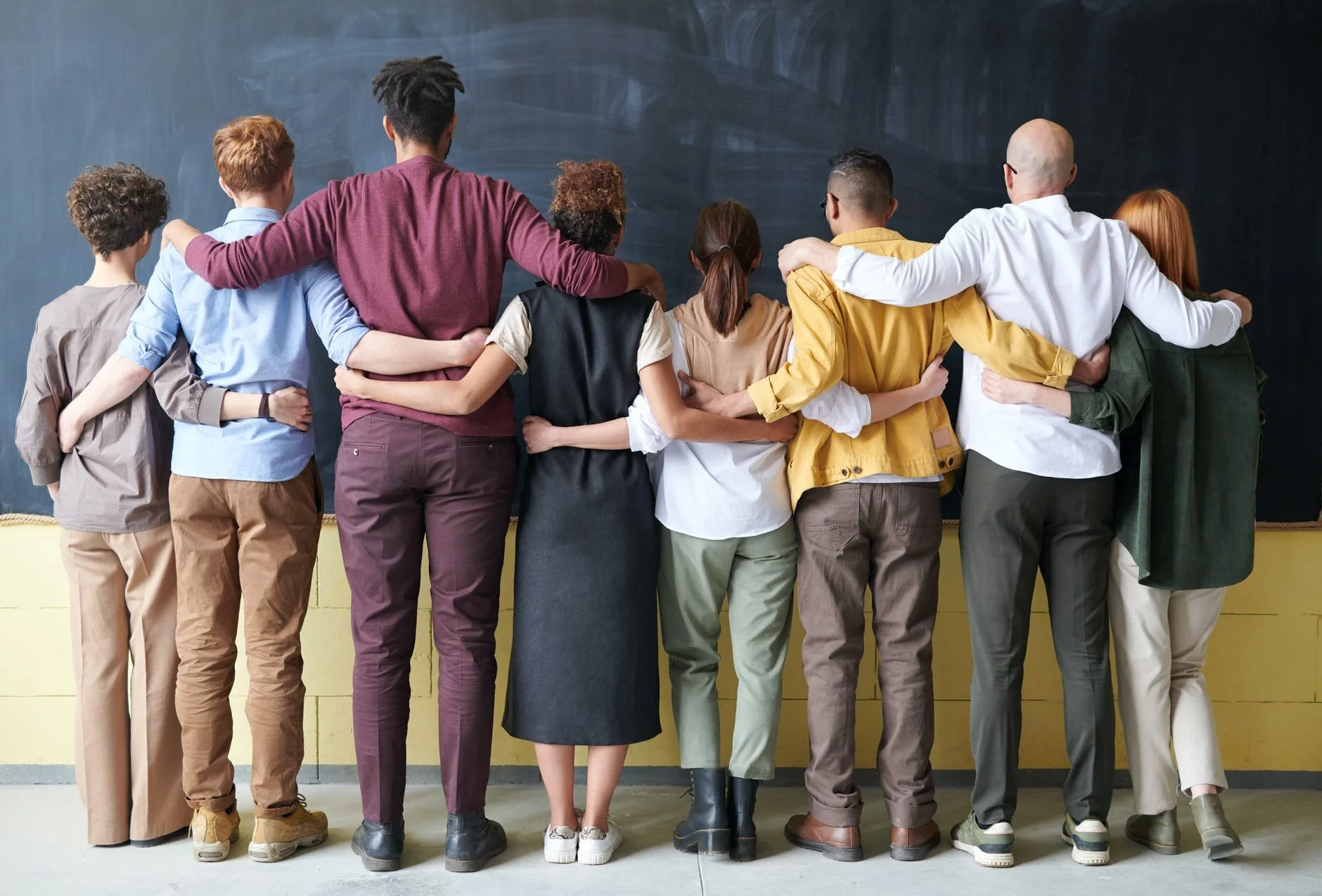Community Conversations During a Pandemic
Facilitating robust community dialogues during our planning and design processes has been a founding principle of our work at Here LA. Designs for shared urban spaces should be collectively generated and “ground up.” That means that each community engagement is unique, designed to respond to the voices of the community, never the same in two places. One thing that is consistent, however, between communities, is the need for a multi-pronged approach. Merely holding a series of evening community meetings at a local civic center or library is rarely enough; you must also activate existing community groups, visit already-scheduled community meetings and events, speak one on one to stakeholders, talk to people where they shop, where they walk, where they recreate, send out mailers and flyers, catch their eye with beauty and interest - through arts-based and engaging processes that are fun and memorable. At Here LA for us, this often takes a very tactile approach, one that people can see, touch, feel, and hear, whether through sound-based engagement, physical mural making, collective improvements to public space, tactical urbanism, or similar. It requires close proximity of bodies, working together in a real-life physical space.
During a pandemic, as public dialogue about planning projects shifts online, people have been asking us: how can an online process replace a physical one? How can we assure equity and access? Our answer is twofold.
First, the conversation should not be about how we maintain a robust dialogue in the virtual realm, rather it should be about how we can combine virtual and in-person approach to assure a multi-faceted engagement process. Virtual and online dialogues are beneficial because they allow people to participate quickly and on their own time. They are beneficial because they allow conversations to continue over a long period of time and they tend to solicit more feedback compared to a typical community workshop or meeting. On the other hand, they are challenging because not everyone has access to wifi or can read the language that the website or online content is written in.
You must balance virtual engagement with other methods or more creatively think of creative ways to combine the two. Here LA will soon be designing a self-guided walking tour for a local city, which people can either follow on their devices or using in-person temporary signage. Using text-response capabilities people without wifi on their phones will be able to see, engage, and participate. This self-guided tour allows people to engage and participate when they want, how they want, safely distanced from others and on their own time. Coupled with other community conversations over the phone, via self-addressed stamped survey postcards, presentations at local virtual meetings, online surveys, and more, this hybrid approach will make it easier for more people to participate. In the end the goal is to remove the ‘pain points’ that people have by addressing the reasons that they are not participating to the extent possible and make it easier for them to do so. One big ‘pain point’ we need to address is to recognize that time is money. We should pay stakeholders, especially community based organizations, for their time as they participate in advisory groups, review drafts, come to meetings, and provide their expertise.
Second, we should not be striving to merely replicate physical spaces —for example charrettes or workshops — online since these methods were hardly satisfactory to begin with. In person workshops and community meetings tended to be exclusionary, because even when open to the public and widely publicized, most people were not able to attend whether because of financial, time, familial, or other such constraints. Usually only a small handful of people end up attending and most of the time these people were motivated enough to come because they felt negatively about the project to begin with. Now, with a move to online spaces, we have the opportunity to rethink how we engage, not just replicate what we did before. We can create large-scale collective art projects that are digitally assembled and disseminated. These approaches can help to personalize and humanize the virtual conversations. We can think about virtual and augmented approaches that push the boundaries of how we meet and discuss, online.
Finally, cities can take a lesson from the social justice campaign- or political campaign- playbooks, by consolidating and regularizing community interaction with frequent emails, invitations to events, quick-response survey links, social media pings, educational forums, and multi-layered discussion platforms. Having a citywide consolidated and consistent method for engaging community feedback will help people become civically active across multiple projects, not just the one they happened to hear about, giving them the tools they need to participate. The approach that the city adopts should be based on the needs of their particular community — what languages are spoken? what social media platforms do people in the community use? are people walking around outside a lot or mostly driving or taking transit?

